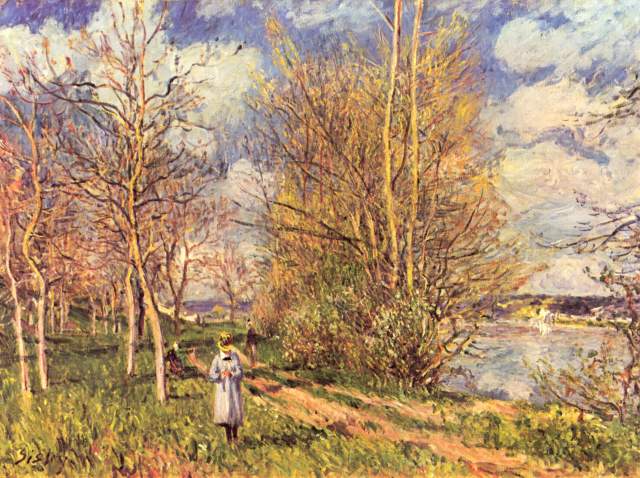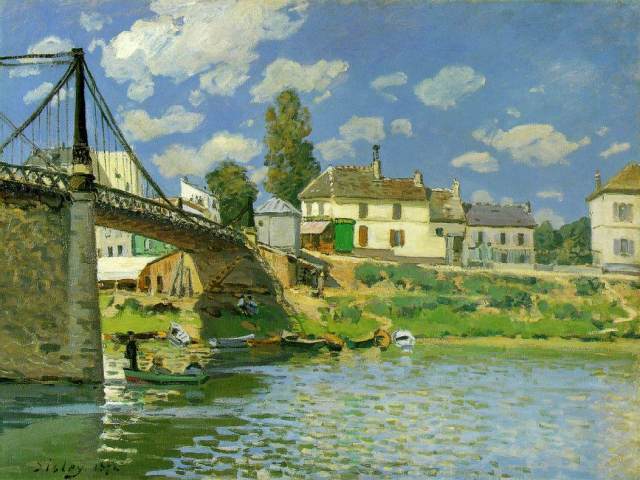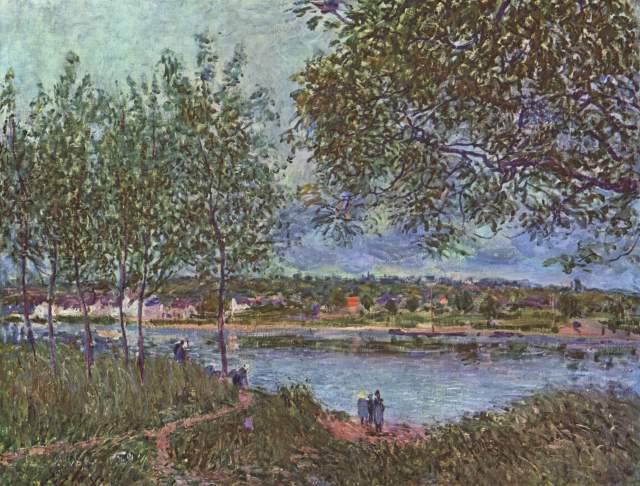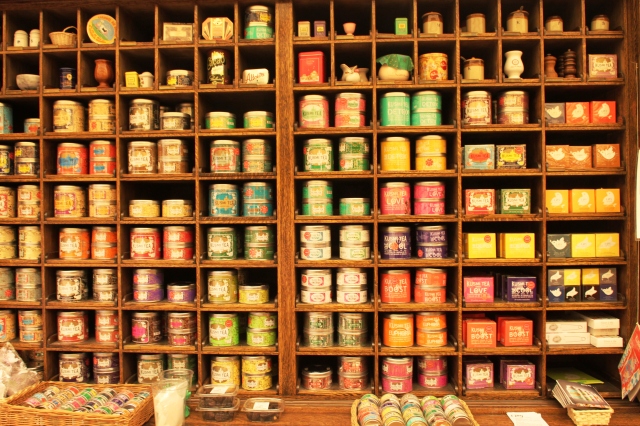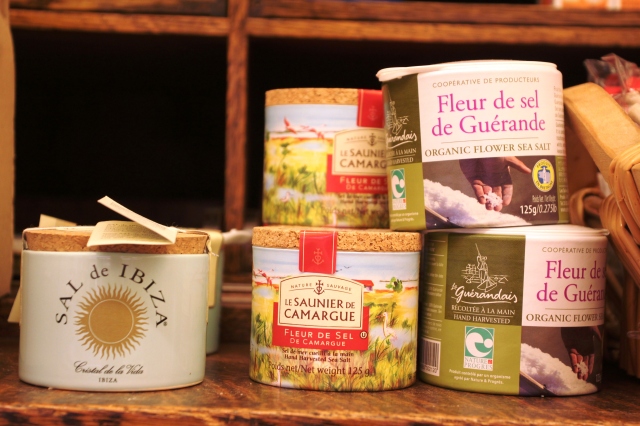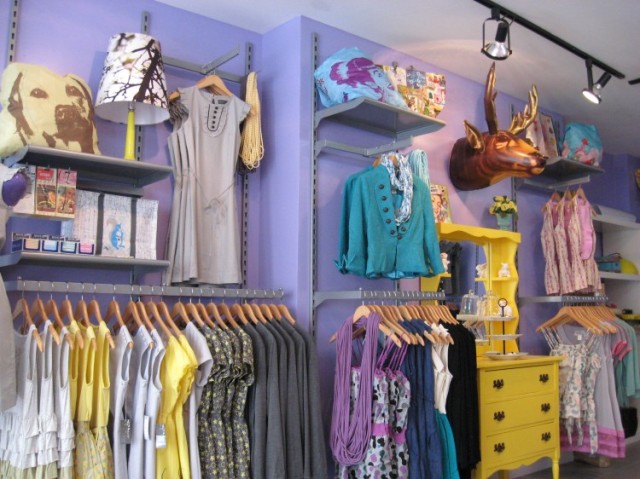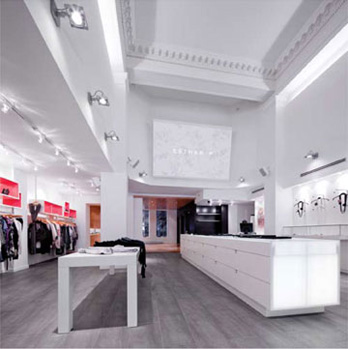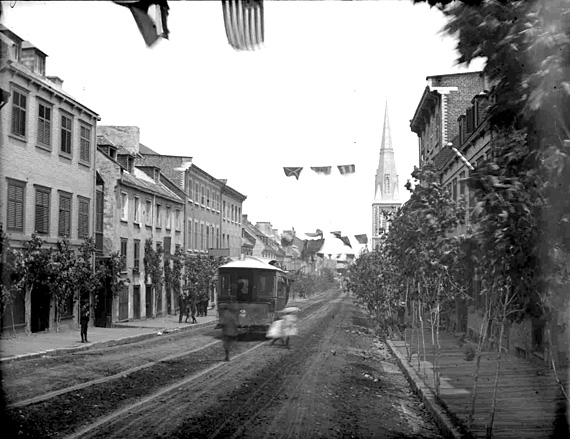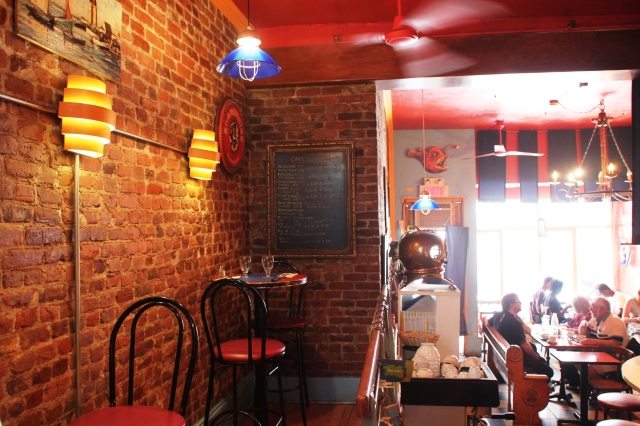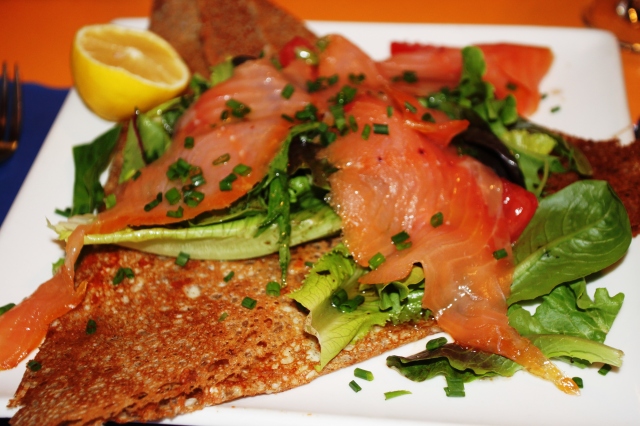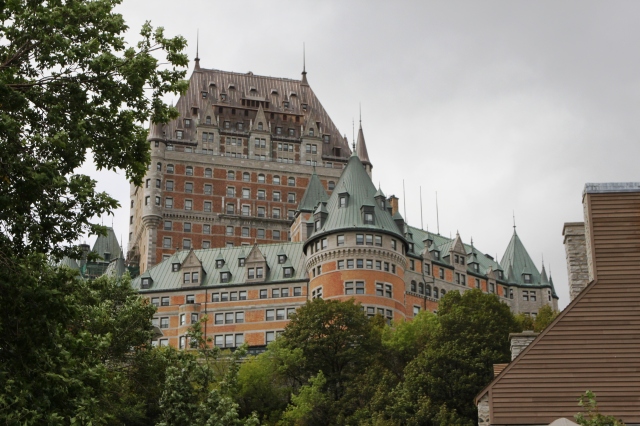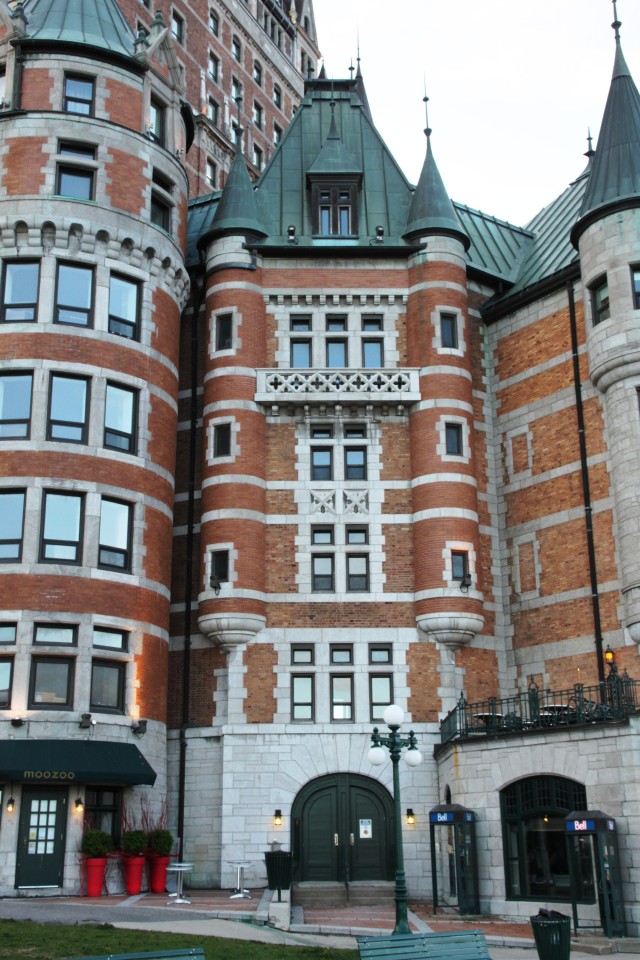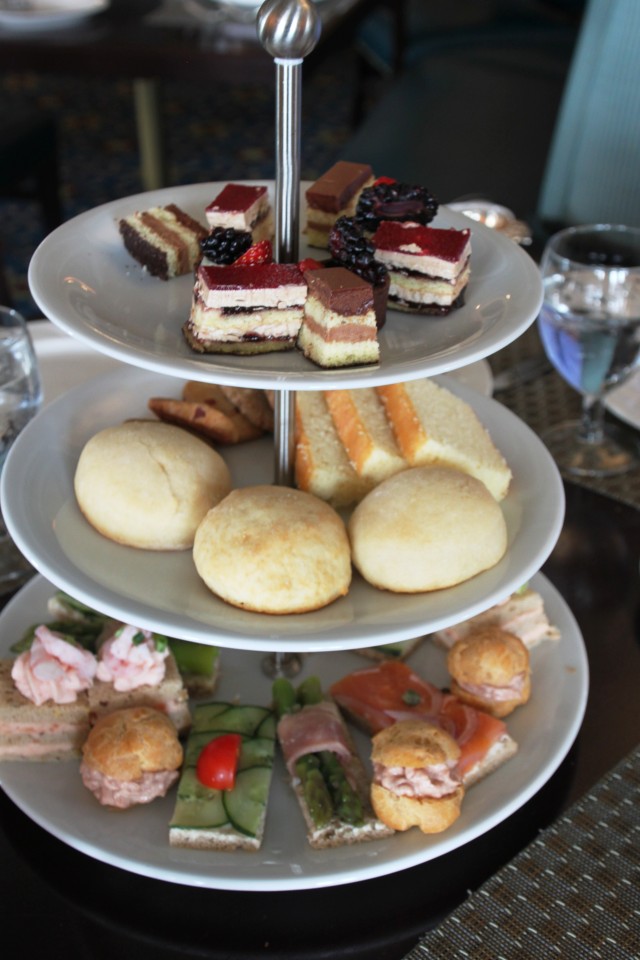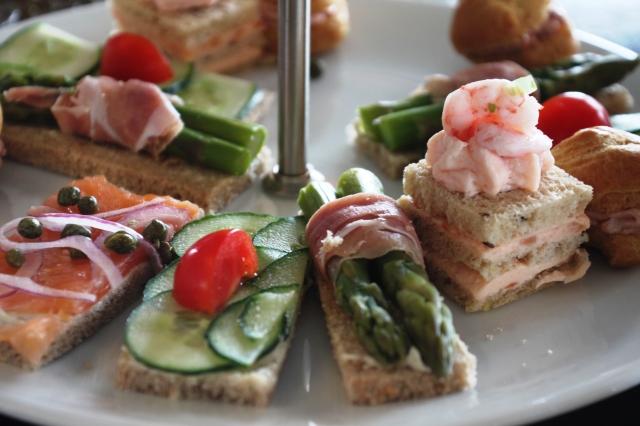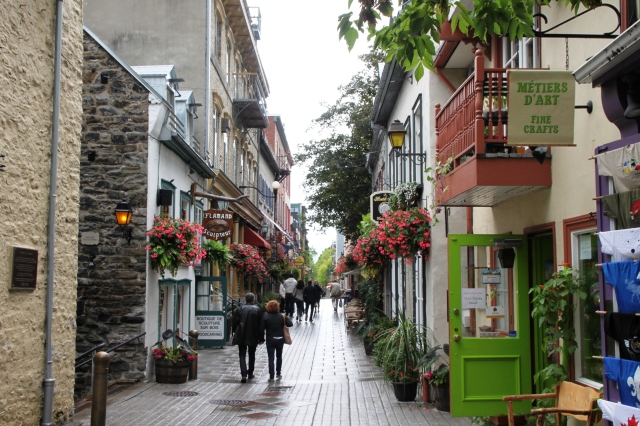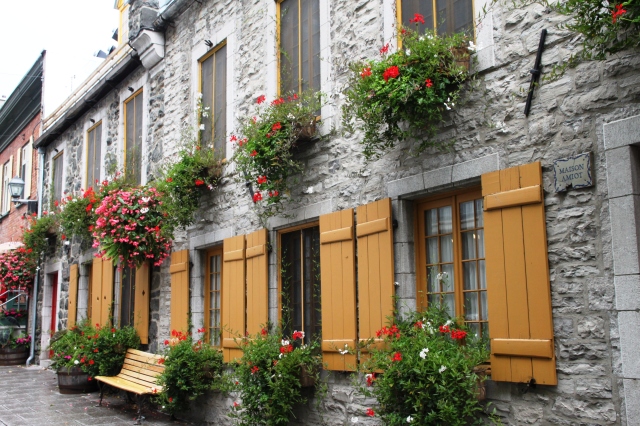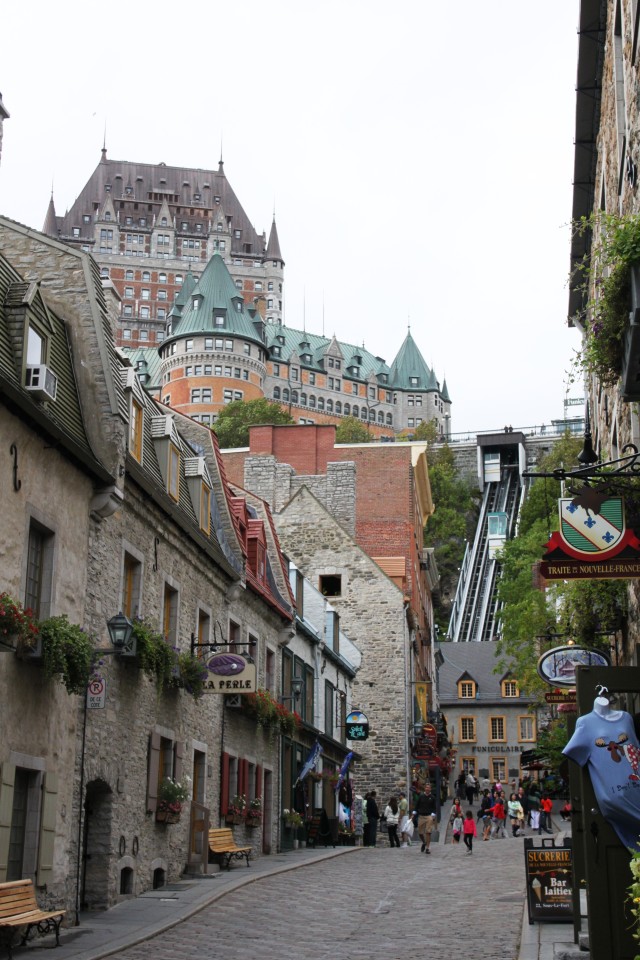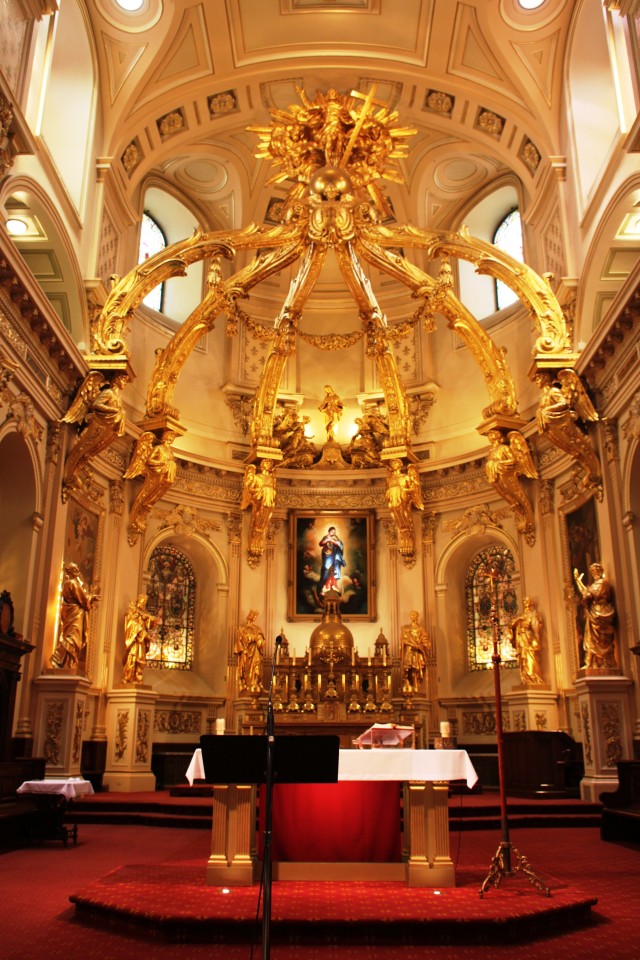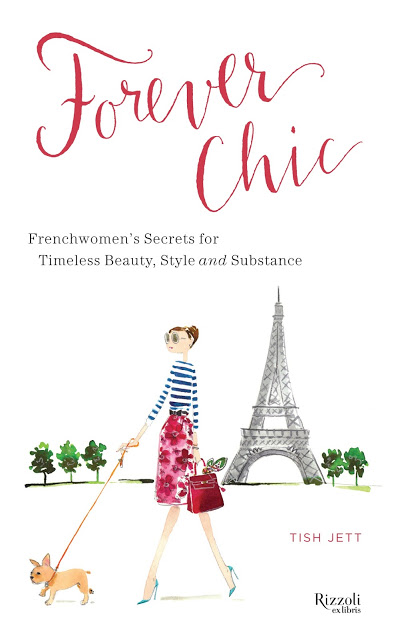
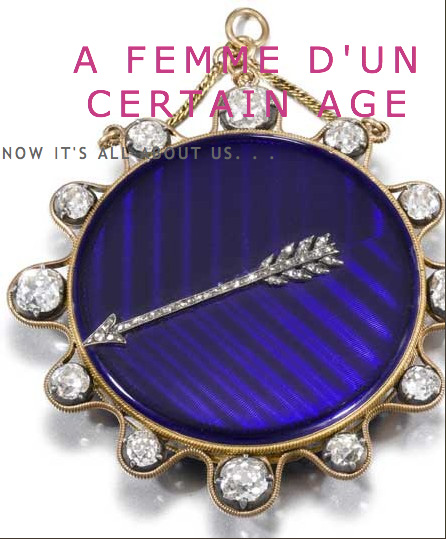
“For any woman who last saw forty on her speedometer comes a sparkling new primer for aging—the French way—with grace and style. Frenchwomen of a certain age (over forty) are captivating and complex. They appear younger than their years and remain stylish throughout their lives. They look at birthdays as a celebration of a life well-lived and perhaps a good reason to go shopping before they dress to perfection for a celebration of another anniversaire. American-born journalist and blogger Tish Jett has lived among the French for years and has studied them and stalked them to learn their secrets. Exploring how their wardrobe, beauty, diet, and hair rituals evolve with time and how some aspects of their signature styles never change, Jett shows how Frenchwomen know their strengths, hide their weaknesses, and never talk about their fears, failures, or flaws. After all, in France, beauty, style, and charm have no expiration dates!”
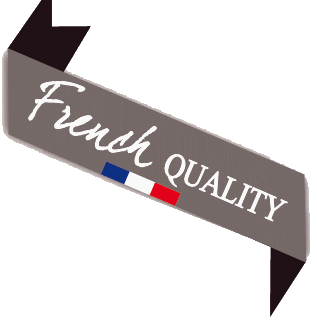
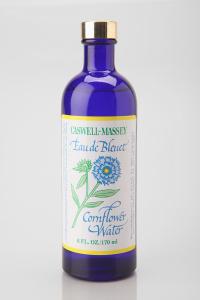

Some of the higher cost alternatives included a massage that has a list price of 1,100 Euros and that reduced Jett to tears. At one point, the masseuse put her fingers in Jett’s mouth and applied strong pressure to the roof of her mouth. Yuck! A more controversial recommendation is mesotherapy, a no-blade alternative to cosmetic surgery. Jett underwent tiny injections of hyaluronic acid and vitamins into the mid-layer of the skin in the name of research. She touts its ability to stimulate collagen and elastin production and says the results were worth it. As far as the medical community is concerned, however, this is a procedure to approach with great caution. It’s unregulated, and there’s no way of knowing what’s in the practitioner’s needles. There’s no clinical evidence of improvement in patients and some countries have banned the practice.
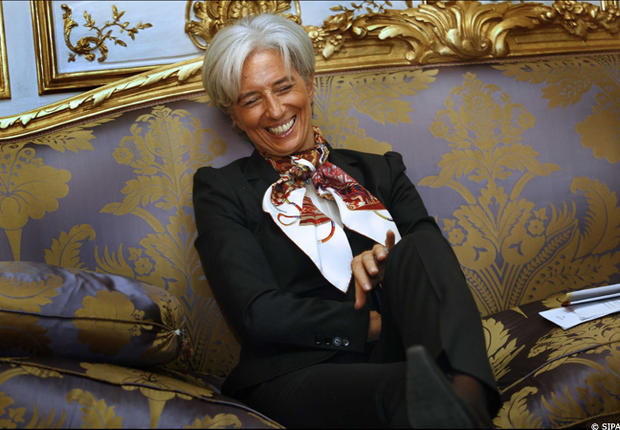
And, of course, no book entitled Forever Chic would be complete without a section devoted to fashion. I liked Jett’s recommendation (based on interviews with a host of chic French friends) to invest in a wardrobe that consists of 85% neutrals and 15% fantasy in color, cut, or details. Think of forever chic Frenchwoman and head of the International Monetary Fund Christine Lagarde in one of her neutral suits classic French outfit in grey or camel with a knockout Hermès scarf – the formula certainly holds true. I also enjoyed her account of a session with a personal shopper at that iconic Paris department store, les Galeries Lafayette. She asked the shopper to pull together outfits that would allow a woman to build a classic French wardrobe. The woman presented many variations of outfits on mannequins during her session with Jett. I’d never thought of using a personal shopper in this way, but I was intrigued to possibly try that myself someday.
So if you, like me, are une femme d’un certain âge (oon fam duhn serten asje), I think you’ll enjoy both Jett’s book and her blog for fashion and flair with a French touch.
Related articles
- Currently Coveting #12: French Chic (aspoonfulofstyle.co.uk)
- Want to look as chic as a French woman? Stop washing your hair! And other quirky style tips they'd rather keep secret (dailymail.co.uk)
- How to Shop For Clothing Like a Pro (fashion.answers.com)

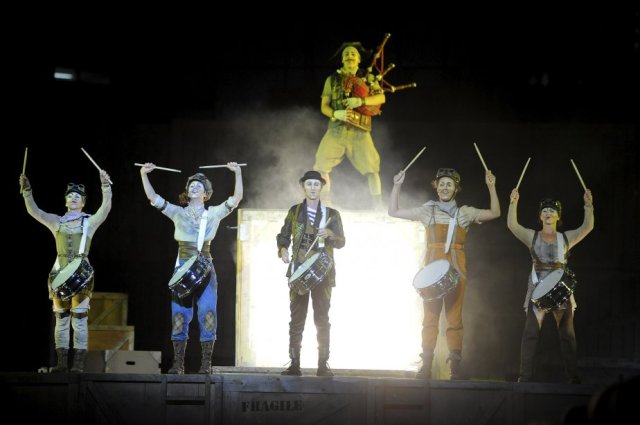 Looking at the length of the line, we wondered if we would get in. In the time that we waited for the show to open, the line grew and grew, probably doubling. Everyone was in a lighthearted, festive mood as we waited. Finally, the strobe lights came on, music began to play, and the crowd began to surge forward.
Looking at the length of the line, we wondered if we would get in. In the time that we waited for the show to open, the line grew and grew, probably doubling. Everyone was in a lighthearted, festive mood as we waited. Finally, the strobe lights came on, music began to play, and the crowd began to surge forward. 




